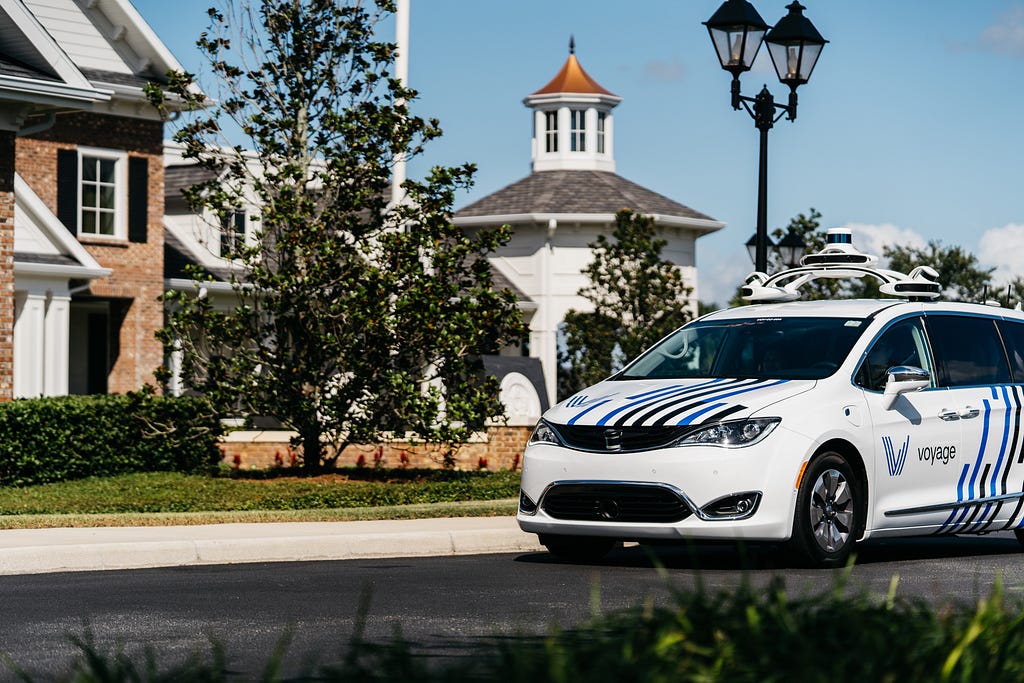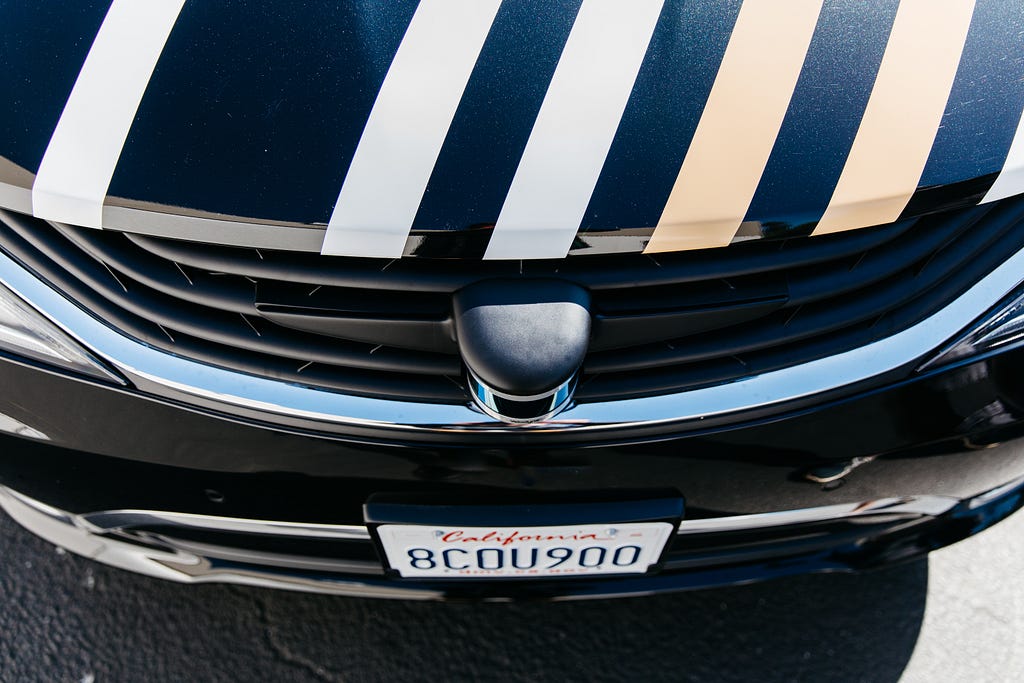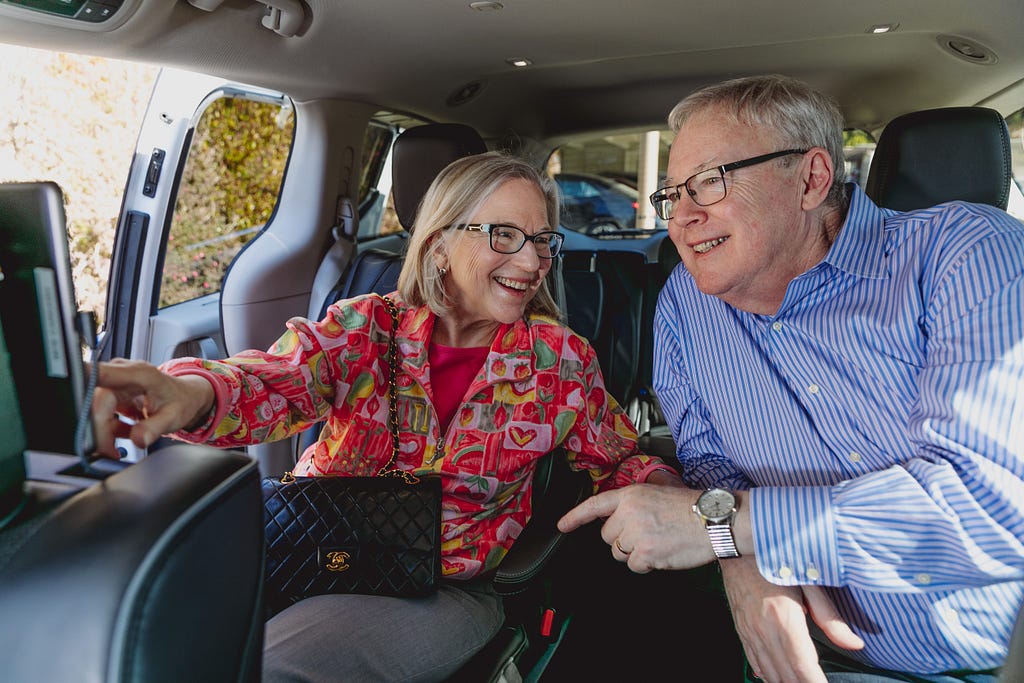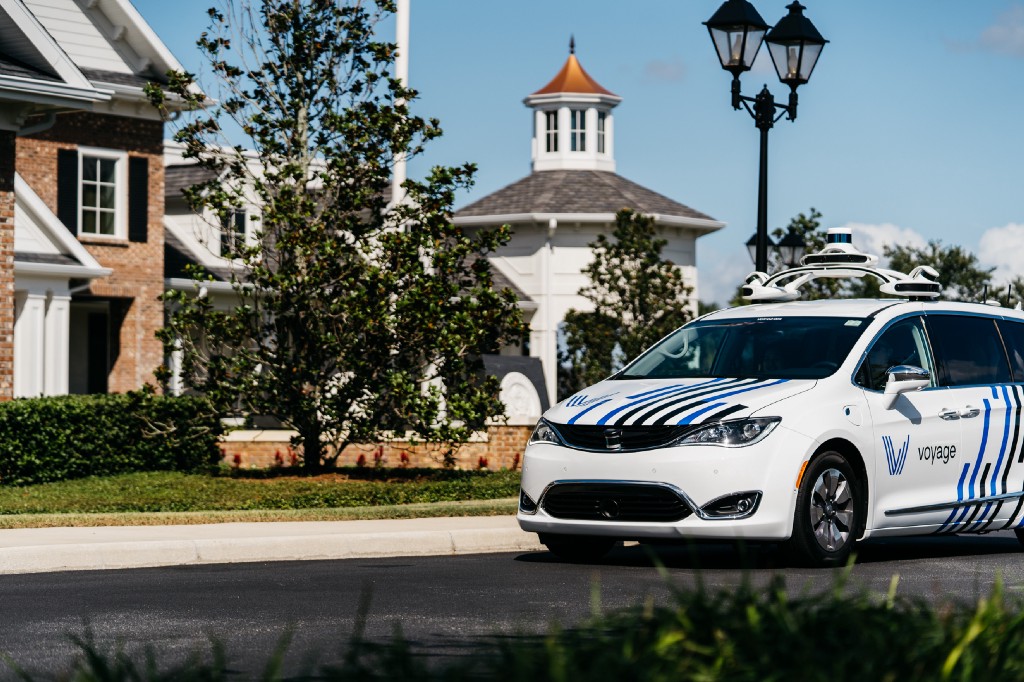Integrating our self-driving technology into a purpose-built Chrysler Pacifica Hybrid

A Necessary Partnership for Driverless
Voyage has teamed up with FCA to accelerate Voyage’s deployment of fully driverless cars. We have integrated our self-driving technology into a purpose-built Chrysler Pacifica Hybrid, developed specifically by FCA for the integration of automated technology.
Building a self-driving car requires a deep connection between software and hardware, and both pieces need to be considered in tandem. This partnership connects Voyage’s self-driving technology with FCA’s deep expertise in building vehicles to launch truly driverless transportation services. As part of this collaboration, Voyage and FCA will jointly adapt and validate the connections between the self-driving software, sensors, and embedded systems.

Fulfilling Our High Safety Standards
Most discussion about self-driving technology revolves around the algorithms that drive the car, such as computer vision, prediction, planning, and control. These algorithms are the tip of the iceberg, where the mostly unseen mass is the effort to engineer a safety-critical system — one we would trust to share our roads.
In building a self-driving car, you cannot consider these problems in isolation. Our software needs to know the health of the vehicle-level systems, the ones interfacing with and controlling the steering, accelerating, and braking of the vehicle. If a failure occurs, our software needs to react. If an actuator is compromised, our software needs to adapt and change its plan. On the other hand, if our software experiences issues, mitigation strategies need to be embedded in the vehicle-level control interfaces to catch and safely respond. These systems are truly intertwined and must be adapted in unison to build a self-driving car that meets our high safety standards.
As most people familiar with Voyage already know, we have been developing on the Chrysler Pacifica Hybrid platform for some time. It’s a truly great platform for several reasons, from being accessible to meet the needs of our riders, allowing for multiple passengers, and having a high-voltage battery for its hybrid system. However, retrofitting an off-the-shelf car doesn’t give the self-driving technology vehicle-level access to diagnostics and control surfaces that are required to operate without a driver. This new partnership delivers on AV-specific design requirements, such as safety-critical steering and braking systems, as well as fail-safe power systems to run the sensors and software.

Delivering on the Promise of Self-Driving Cars
At Voyage, we are focused on enabling driverless transportation for the people who need it most. By integrating our self-driving technology with FCA’s AV-Ready Chrysler Pacifica Hybrid, Voyage has all the pieces in place to deliver on the promise of self-driving cars. We begin within our communities in California and Florida and will expand from there so that one day, anyone in need will be able to summon a Voyage.
Got 2 minutes to kill? Nerd out with us by watching our self-driving car navigate: ✅ Wild, unpredictable turkeys ✅ Jaywalking seniors ✅ Roundabouts! ✅ Unprotected turns with limited visibility All handled 100% autonomously and safely. https://t.co/QkBGEE8hL0
— @voyage
Voyage Partners with FCA to Deliver Fully Driverless Cars was originally published in Voyage on Medium, where people are continuing the conversation by highlighting and responding to this story.
